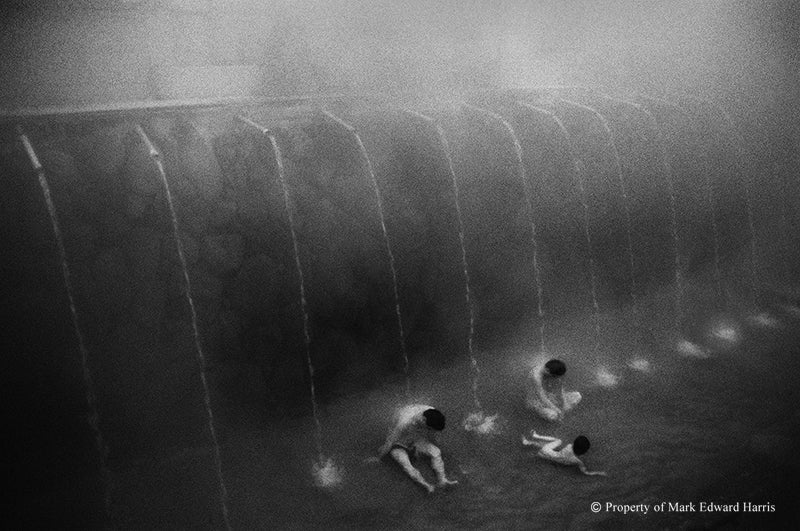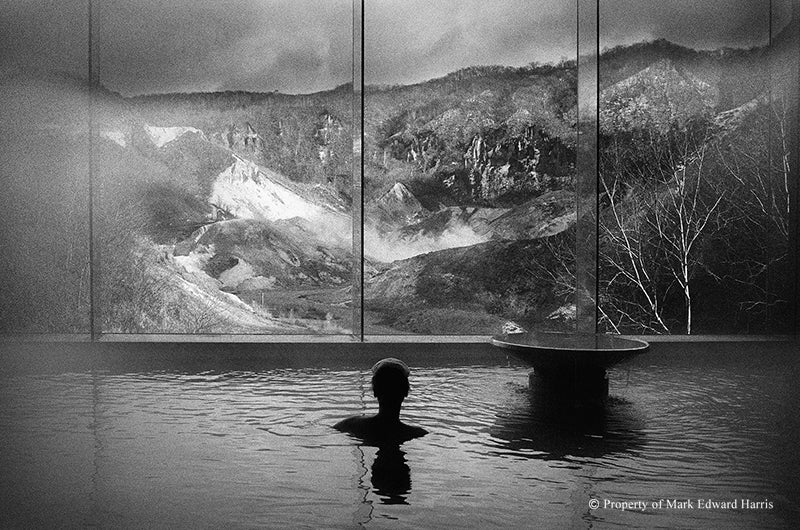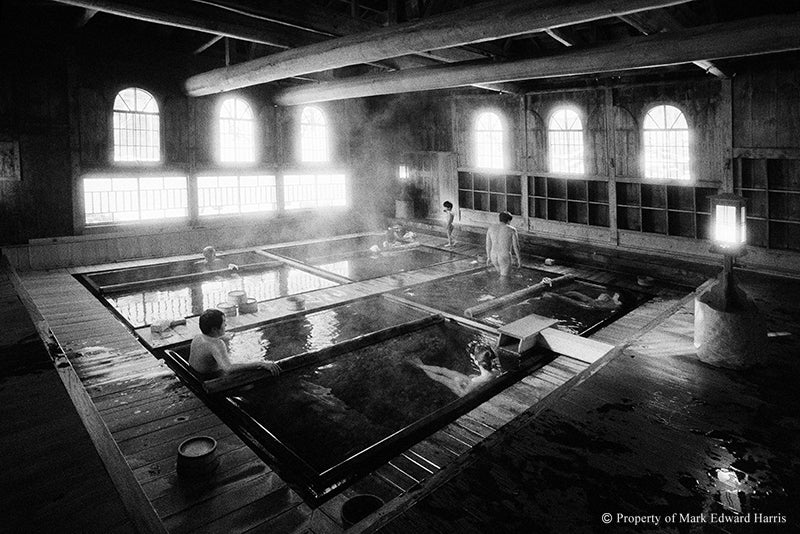We recently welcomed the addition of one of my favorite books to the Amayori store: The Way of the Japanese Bath by Mark Edward Harris. I recently had the chance to interview Mark. We discussed his inspiration as a travel photographer, his first Japanese hot spring experience, his favorite type of Japanese hot spring, and more. Here you will also find a preview of just a handful of the breathtaking photographs found in The Way of the Japanese Bath.
Q: How did you get your start in travel/documentary photography?A: It grew out of a love of freezing moments in time. The camera has the unique ability to do that and that feeling of wonder which started with seeing an image appear in the developing tray in a college darkroom has never left me. Combining the magic of photography with the incredible experiences of the road is something that I feel extremely fortunate to be able to do as both a career and a passion.
Q: Tell us about your first Japanese hot spring experience.A: In the early 1990s a friend of mine in Tokyo suggested that we take a trip to Beppu on the southern island of Kyushu. I had no idea that this city was the mecca for ofuroholics (bathaholics). The healing waters there were presented in so many interesting ways and the rising steam made the visual aspects of it stunning.

A: That first experience in Beppu definitely put me on the road to do the book. I had taken a few images with high-speed film and a photo magazine in the US did a nice feature on it.
Q: What led you to decide to put together The Way of the Japanese Bath?A: Travel photo editors have a mantra, “A location is not a story.” I have always lived by that. It’s important to dig in and find unique aspects of a culture. The bathing experience in Japan is definitely one of them. I also love the hot spring experience of course so to marry the two was an easy decision.

A: I appreciate your kind words. I’m just trying to capture what is actually there. All these onsens speak for themselves. There is an “effortless effort” that goes into their creation – it never seems that there is a forced feeling of “now it’s time to relax.” There is that quiet wabi-sabi appreciation at work in so many aspects of the bath. All that said, I do try to shoot at the times of the day when the images will be the strongest in terms of direct of light or in winter when the hot water connects with the cold air to produce that mystical steam.

A: I love experiencing all the different types of baths but simple thermal for simple relaxation with a bit of that sulfur smell so I feel part of the earth is enough for me. Water temperature is also important and around 38-40 degrees Celsius (100.4-104 Fahrenheit) seems to be an ideal temperature for bathing.
Q: Have your experiences of Japanese bathing culture influenced your everyday life? If so, how?A: I would say Asian culture in general has had a huge impact on my life and on my way of thinking. I spent my early years in San Francisco and must have been influenced by my family’s frequent trips to Chinatown. I could use chopsticks by the time I was five and have done various forms of martial arts most of my life. I have studied the Japanese language for years as well as Korean and Mandarin in more recent times and very much appreciate all these cultures Confucian approach to life and inner discipline.

A: Many Japanese end the night with a bath even in the smallest apartments before bed. It’s a perfect way to settle the mind and transition from a busy day into a restful and restorative sleep.

